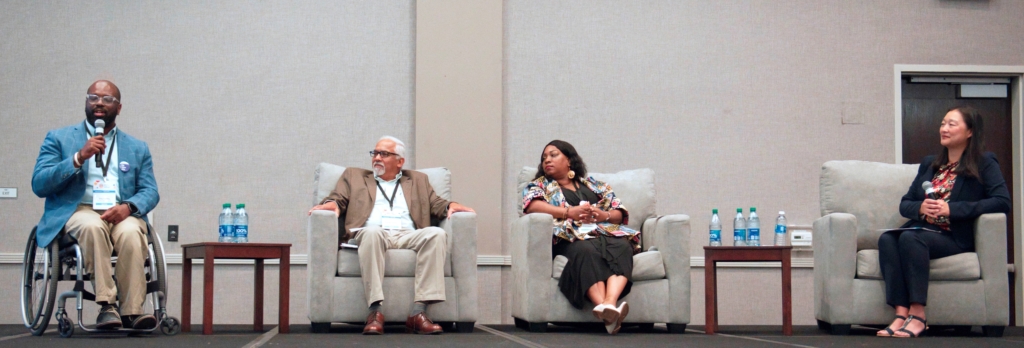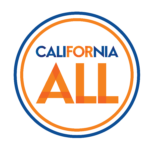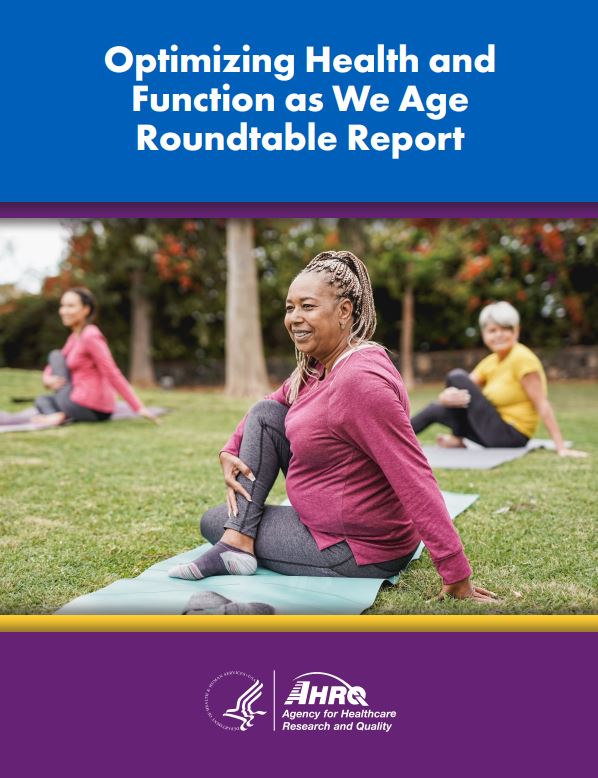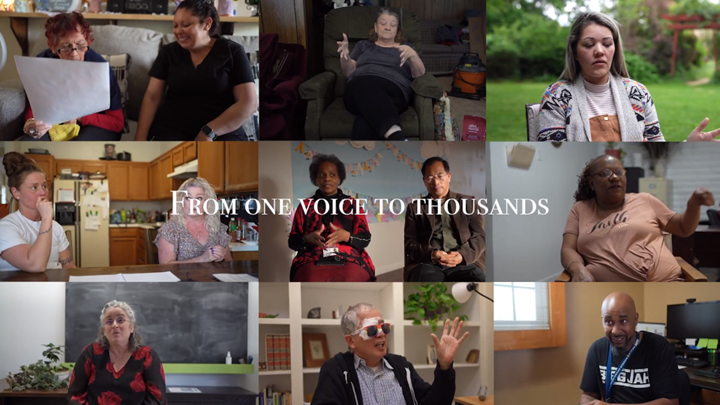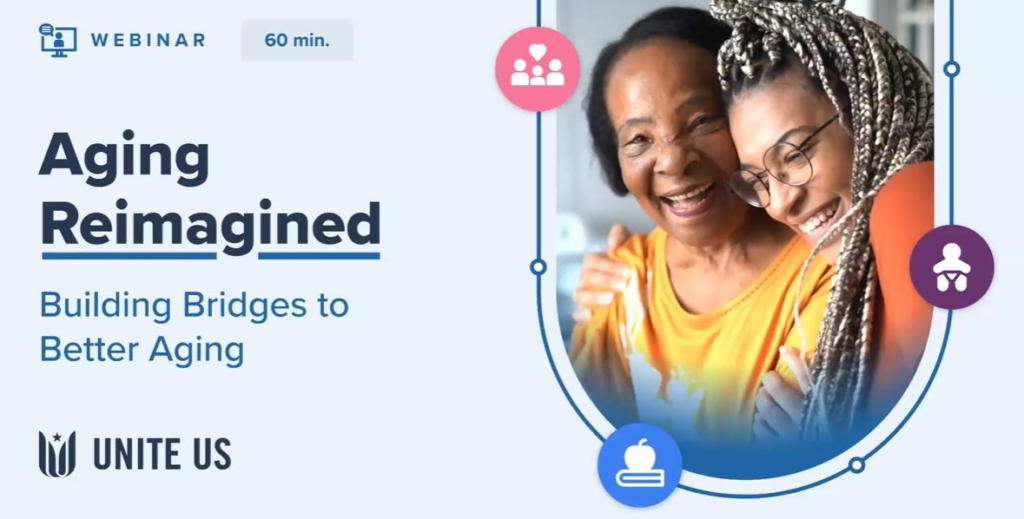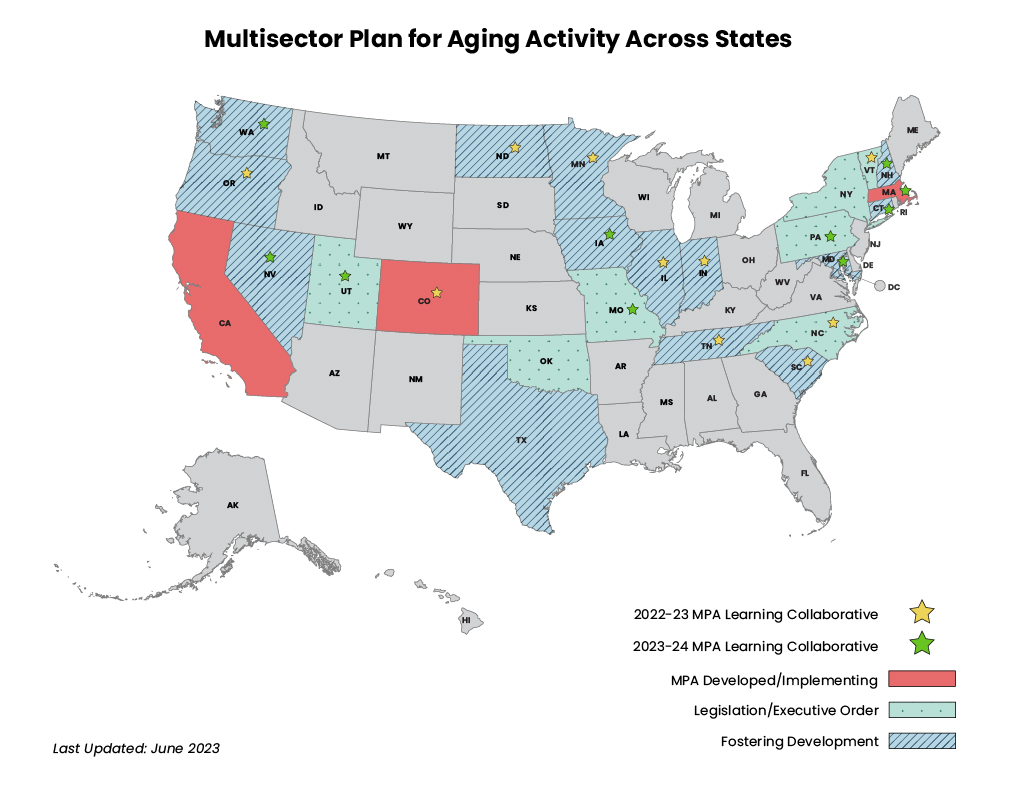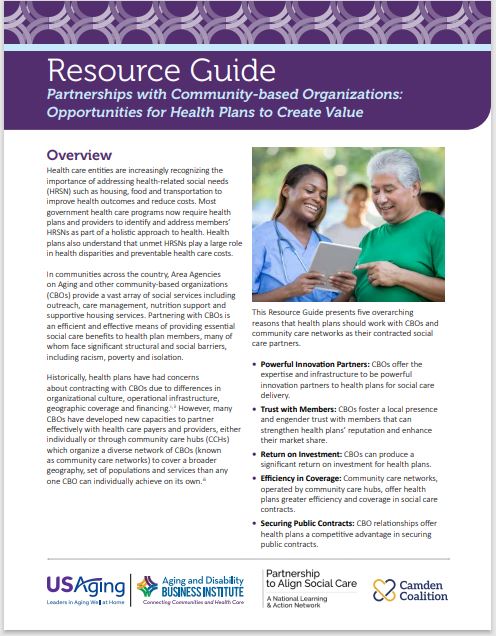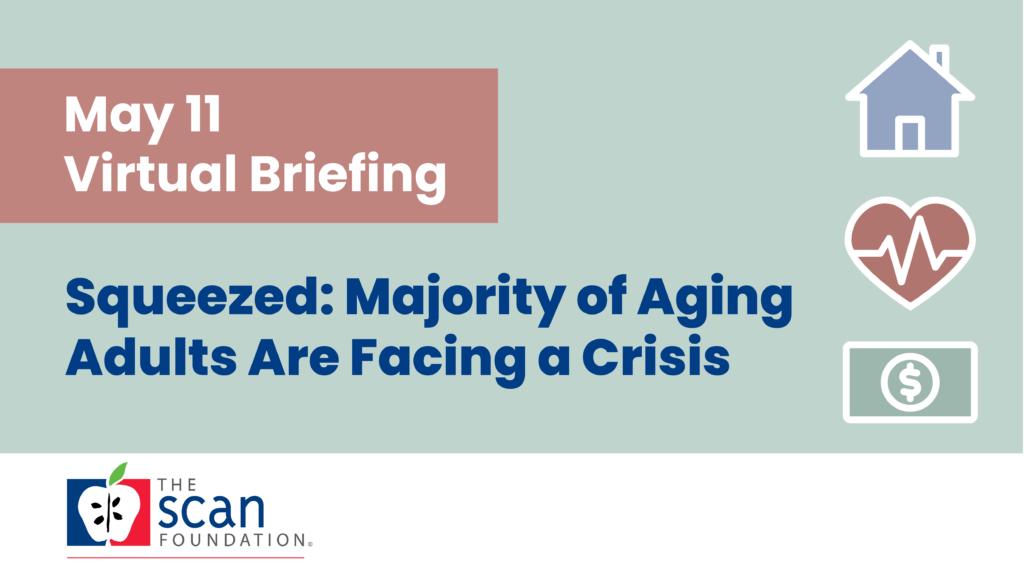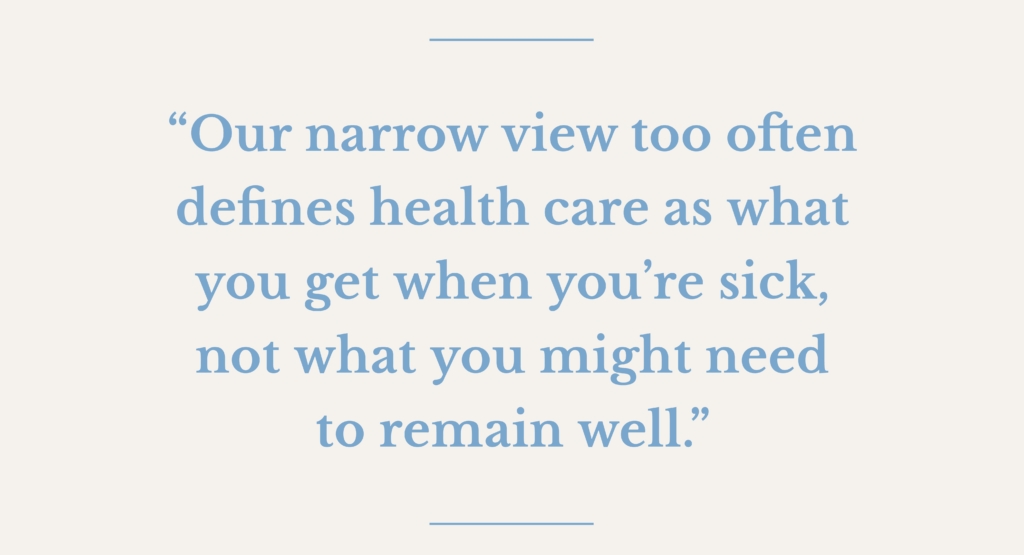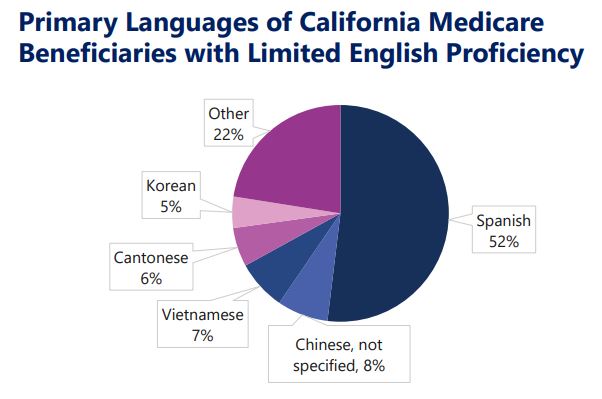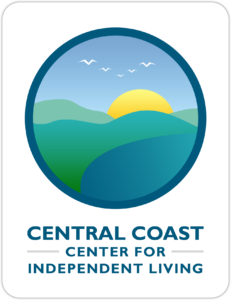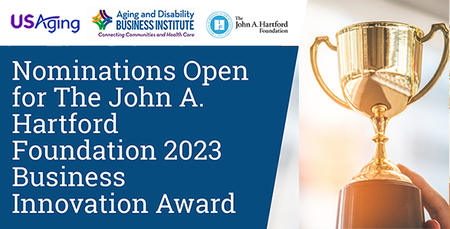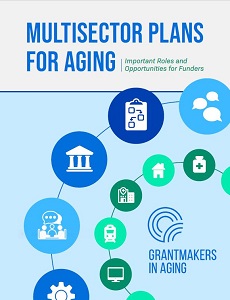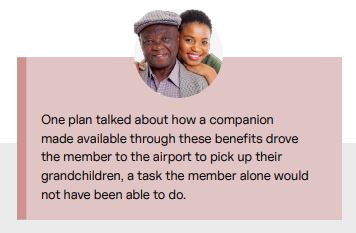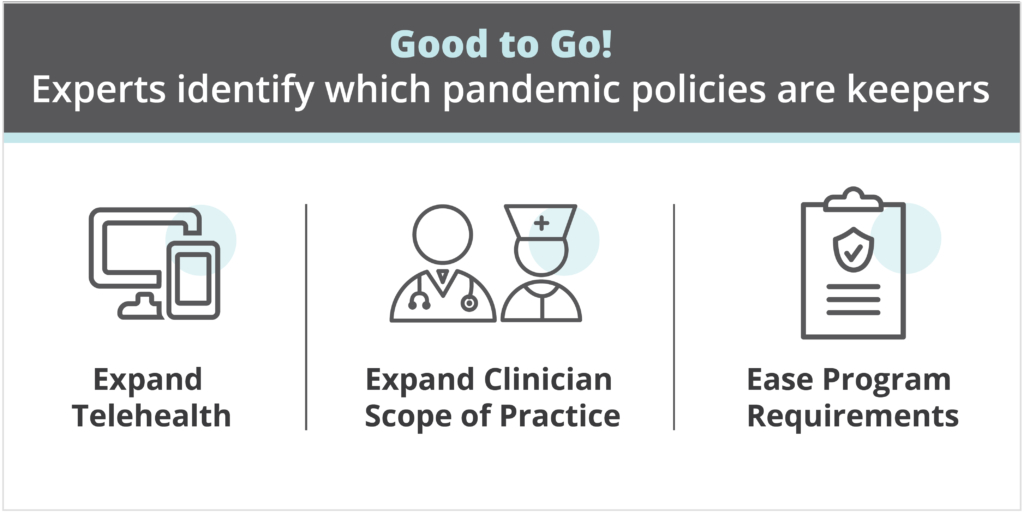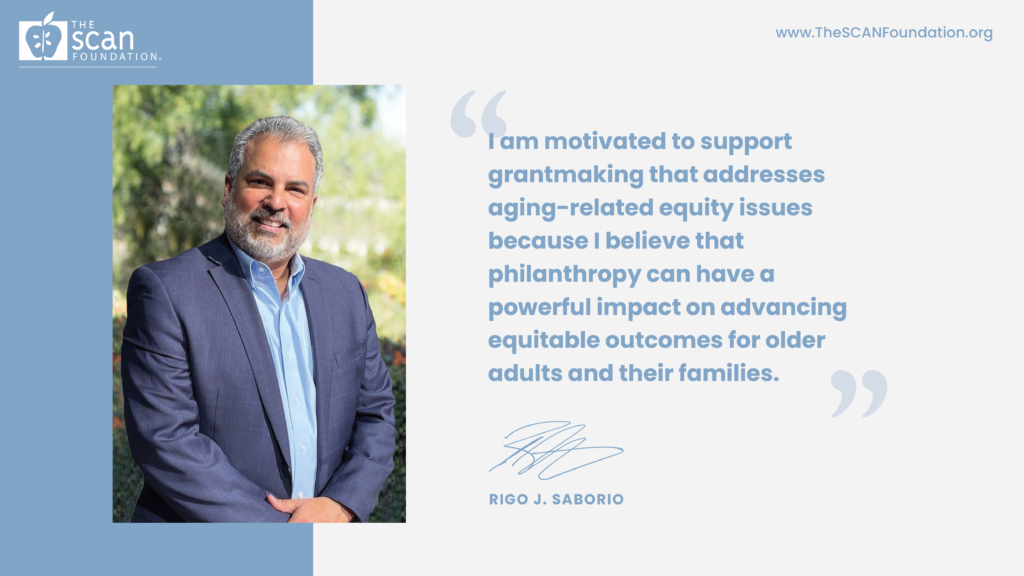Last year The SCAN Foundation joined in the celebration of Juneteenth, recognizing its profound importance for Black people in the United States. We are committed to centering the experiences of older Black adults and all people of color – elevating their voices and perspectives as we pursue equity and transformative systems change.
We’ve continued our evolution as an organization – finalizing a strategic plan that prioritizes efforts to improve the lives of people from Black communities and all older people of color. We’ve launched our first public expression of this goal with our Advancing Health Equity in Aging initiative.
Although important health equity conversations are being had, aging is often overlooked. The initiative aims to reduce health inequities and improve the lives of older adults from historically marginalized communities. Launched in October 2022, we are harmonizing efforts by activating and sustaining a diverse, cross-sector network of leaders and accelerators – Equity Community Organizing (ECO) Groups – to develop and design solutions targeting the specific drivers of poor health outcomes. Simultaneously, we’re dedicated to engaging those with lived experience at each phase of the work.
As a philanthropic organization, we recognize the privilege we carry and its ability to effect change. Although we’ve asserted ourselves in past efforts, this initiative is different as it has been built from the ground up. We recognize that power must be shared with community, and that community is more than capable of explaining what it needs and identifying levers to improve health and well-being.
This Juneteenth, we honor Black older adults; we are listening to community; and we are honing our plans for long overdue efforts. We hope you’ll follow the work.



